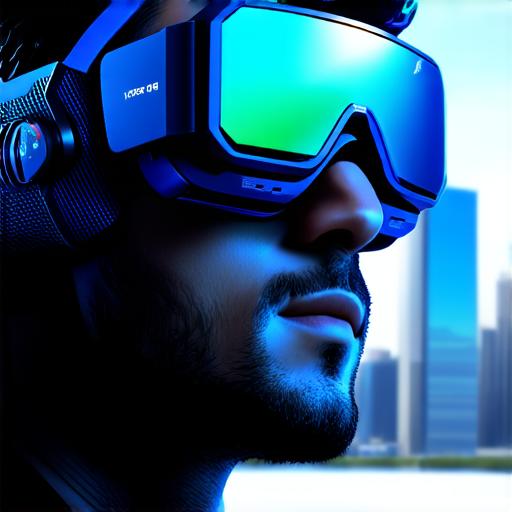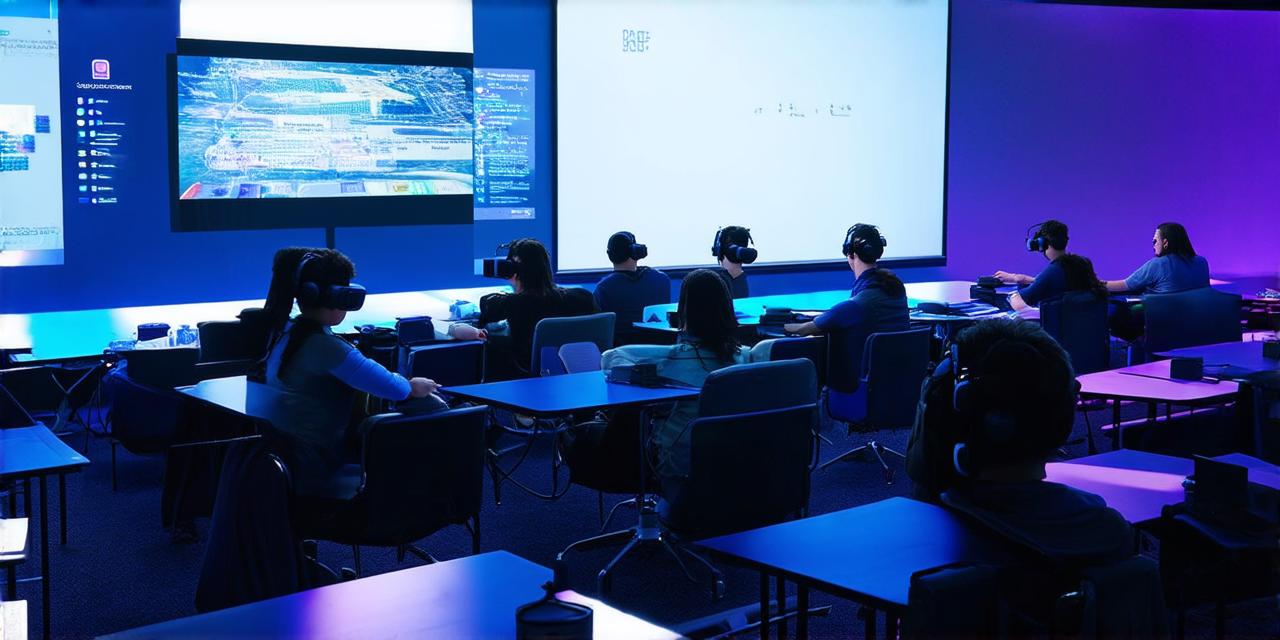Virtual reality (VR) technology has come a long way since its early days, with advancements in hardware and software making it more accessible and affordable for a wider range of people.

As a result, VR is becoming an increasingly popular tool for gaming, education, and training, and we can expect its adoption to continue to grow in the near future.
One of the main reasons why VR technology is becoming more popular is because of its immersive experience. By wearing a VR headset, users are able to feel like they are a part of a virtual world, which makes it an ideal tool for gaming and other interactive experiences.
For example, surgeons can use VR to practice complex procedures in a safe and controlled environment, while students can learn about history or science in a more engaging way.
Another reason why VR is becoming more popular is because of its potential for social interaction. With VR, people can connect with others from all over the world and interact with them in a virtual environment. This makes it an ideal tool for social events, such as concerts or parties, where people can come together to experience something unique.
Despite these advancements, there are still several challenges that VR must overcome before it becomes widely adopted. One of the main challenges is cost. While the technology has become more affordable in recent years, it still requires expensive hardware and software. This means that not everyone will be able to afford it, which could limit its adoption.
Another challenge is the lack of content. While there are already several VR games and experiences available, there aren’t enough to make it a mainstream technology. Without a wide variety of content, people may not see the value in investing in VR hardware.
Despite these challenges, many experts believe that VR will become widely adopted in the near future. According to a report by MarketsandMarkets, the global VR market is expected to grow at a compound annual growth rate (CAGR) of 47.9% from 2021 to 2028.
This growth is expected to be driven by advancements in hardware and software, as well as the increasing popularity of gaming and education.
As VR continues to grow in popularity, we can expect to see more creative uses for the technology. For example, it could be used for virtual tours of museums or historical sites, allowing people to experience these locations in a more immersive way. It could also be used for training simulations, such as those used by pilots or astronauts, to help them practice their skills in a safe and controlled environment.
In conclusion, while virtual reality technology has been around for several years, it’s only in the past few years that it has started to gain traction in the mainstream. With advancements in hardware and software, VR is becoming more accessible and affordable, which means we can expect it to become widely adopted in the near future. Despite challenges such as cost and lack of content, experts believe that the growth of the VR market will continue to drive adoption, leading to a wide range of creative uses for this exciting technology.




